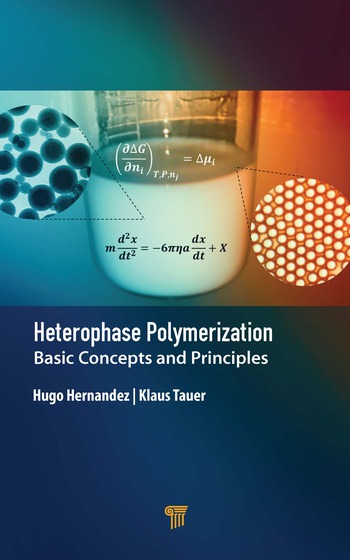Ask Dr. Dave
QUESTION: We use a container for etchant solutions that is assembled with a pressure-sensitive adhesive (PSA) and have found that the adhesive seems to break down after a few weeks. The etchant solutions are based on ferric chloride, cupric chloride and HCl. An acrylic adhesive has been recommended to remedy this problem. What do you think?
ANSWER: Pressure-sensitive adhesives are usually based on rubbers (natural or synthetic) or other polymers, such as acrylics. Acrylic-based PSAs are versatile because they can be manufactured using different monomers to produce products with a range of properties. I would certainly recommend that you evaluate acrylic PSAs for your application. The chemicals you are using are all acidic and acrylics, and are known for resisting acid solutions. You should work closely with your adhesives supplier and carry out the appropriate testing under your operating conditions.
QUESTION: We have been using UV adhesives for bonding and sealing for many years, but have recently come across references to cationic curing systems that seem promising as very rapid-curing adhesives without some of the negatives of UV adhesives, such as tacky surfaces. Can you give us more information on these systems?
ANSWER: The oldest and most common UV systems are based on the so-called free-radical curing of monomers that are mainly acrylates and methacrylates. These have been very successful but do have an inherent disadvantage: reactions are inhibited by atmospheric oxygen, which sometimes leads to incomplete surface curing and, thus, tacky surfaces. Good formulation of adhesives can mitigate this disadvantage, and nitrogen blanketing of systems is often used to eliminate the oxygen. Cationic cure systems have always seemed like attractive alternatives because they are very fast curing, they often cure to completion after irradiation is discontinued, and they are not inhibited by oxygen. However, they can be inhibited by atmospheric moisture and by small quantities of basic or alkaline materials. In principle, cationic systems should be the most versatile UV systems because of the range of monomers and oligomers that are theoretically available. In practice, a limited number of monomers and oligomers-and even fewer photoinitiators-are commercially available. This situation has certainly improved over the last few years, with several new monofunctional and difunctional vinyl ethers becoming available, but has some way to go to compete with the extremely wide range of materials available for free-radical curing systems.
Q&A Exchange is written by Dr. Dave Dunn of F.L.D.Enterprises, a technical consultancy and full-service industrial market research firm specializing in the adhesives, sealants, specialty rubbers, and plastics fields. Dr. Dave is a former vice president and director of Loctite Corp., and has spent many years troubleshooting adhesive and sealant problems. Questions for publication should be directed to him at 242 Trails End, Aurora OH 44202; (330) 562-2930; FAX (865) 251-9687; e-mail DrDave242@att.net; or visit http://www.fldenterprises.com.
Looking for a reprint of this article?
From high-res PDFs to custom plaques, order your copy today!





